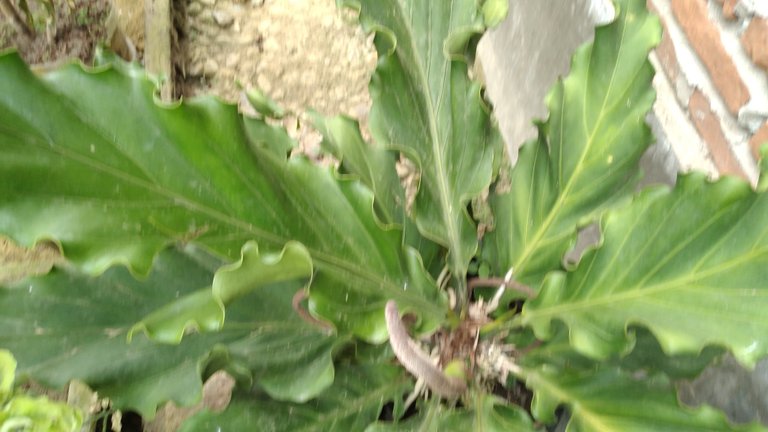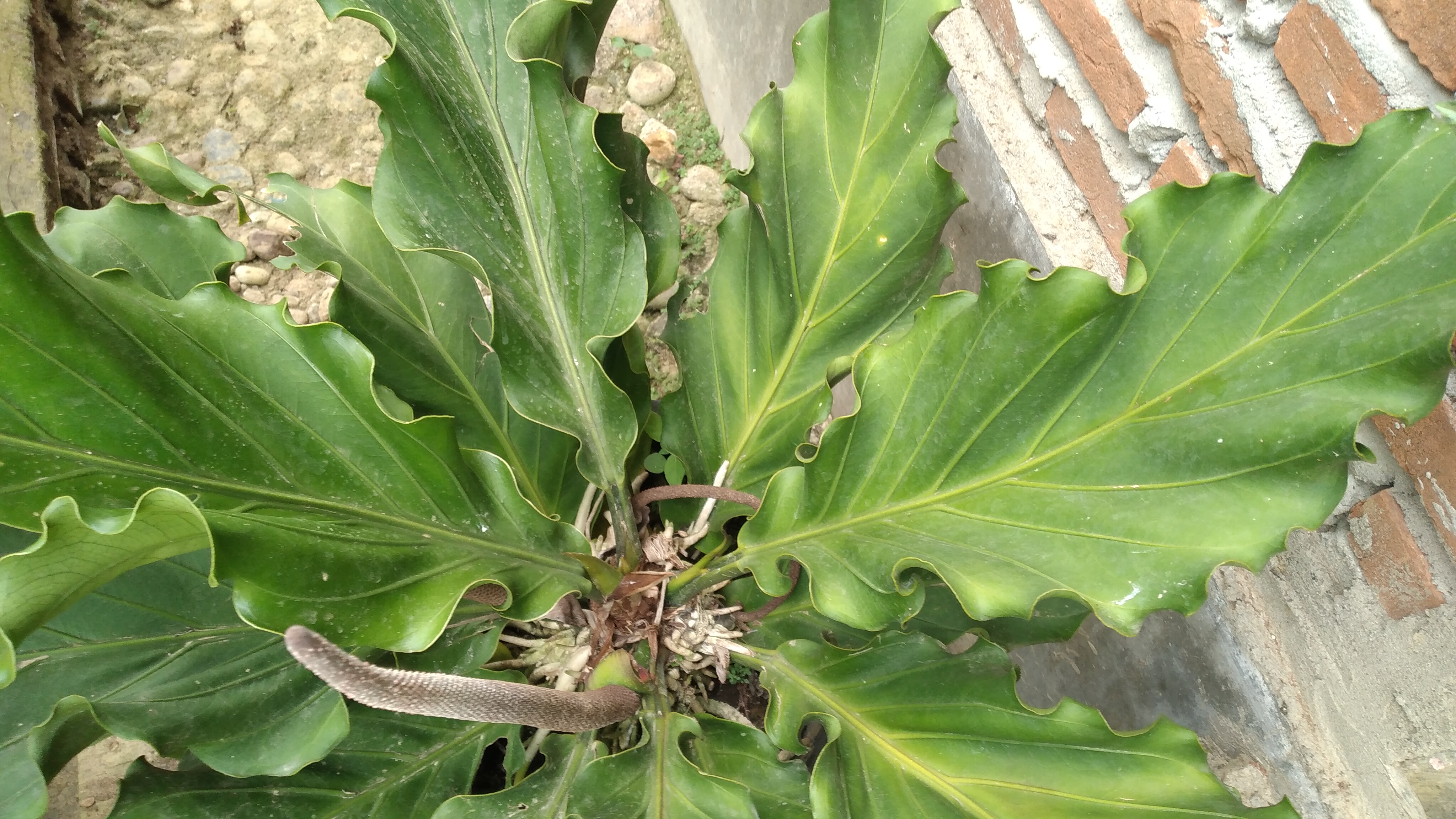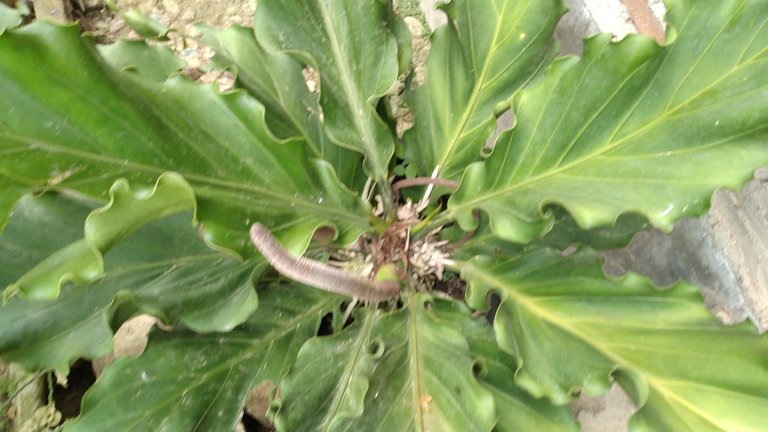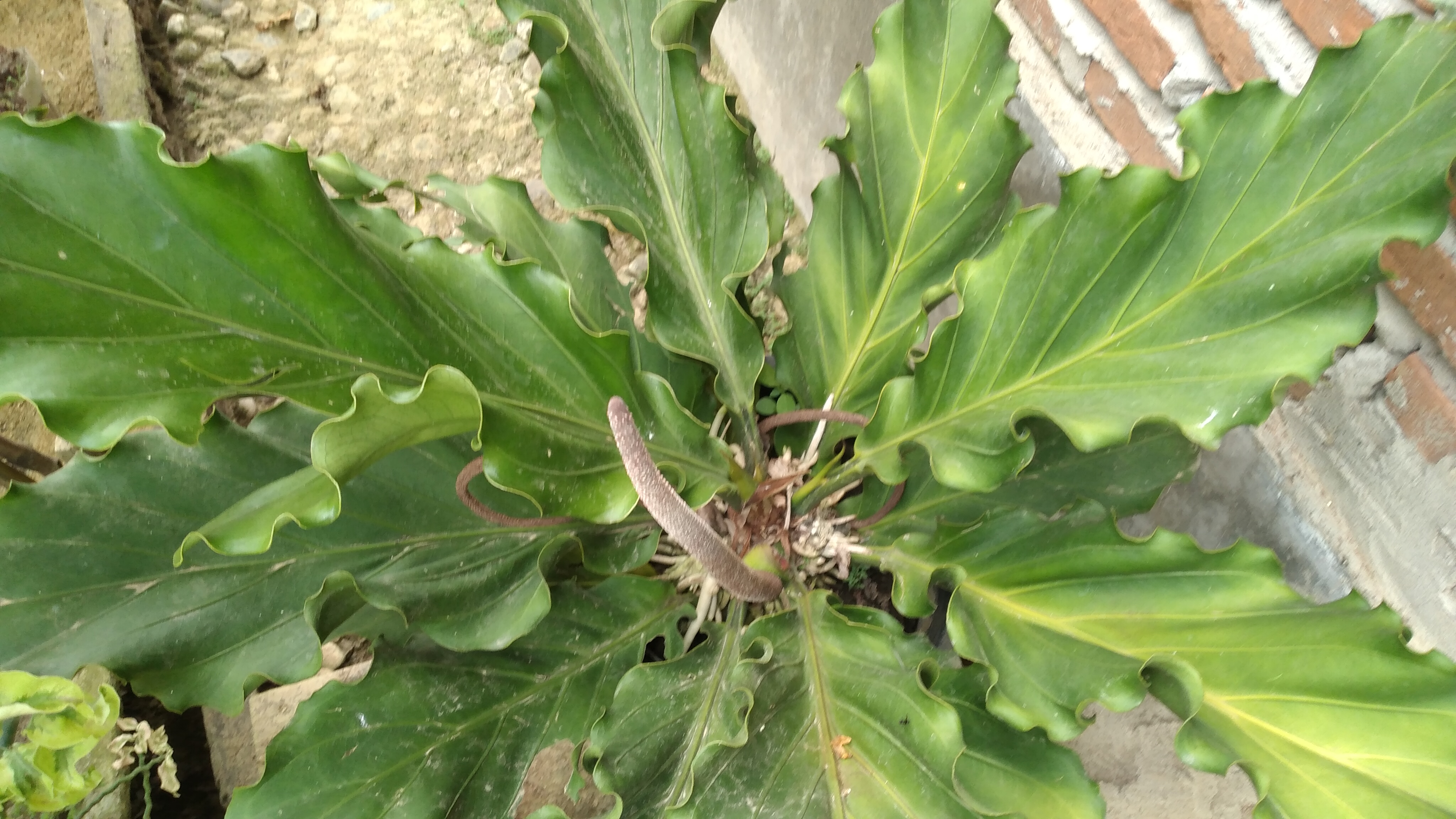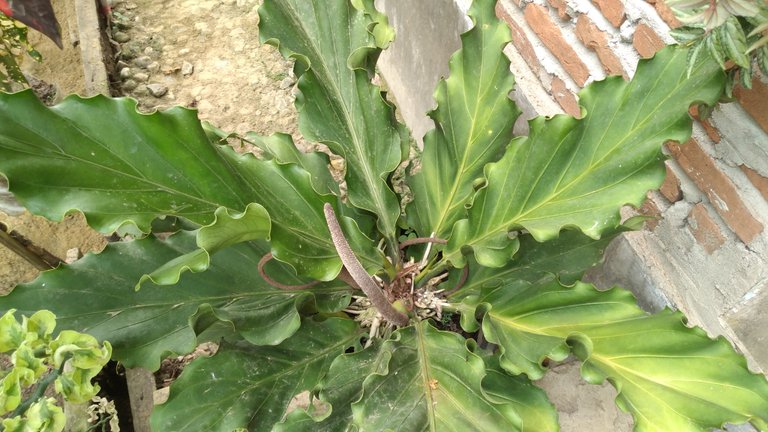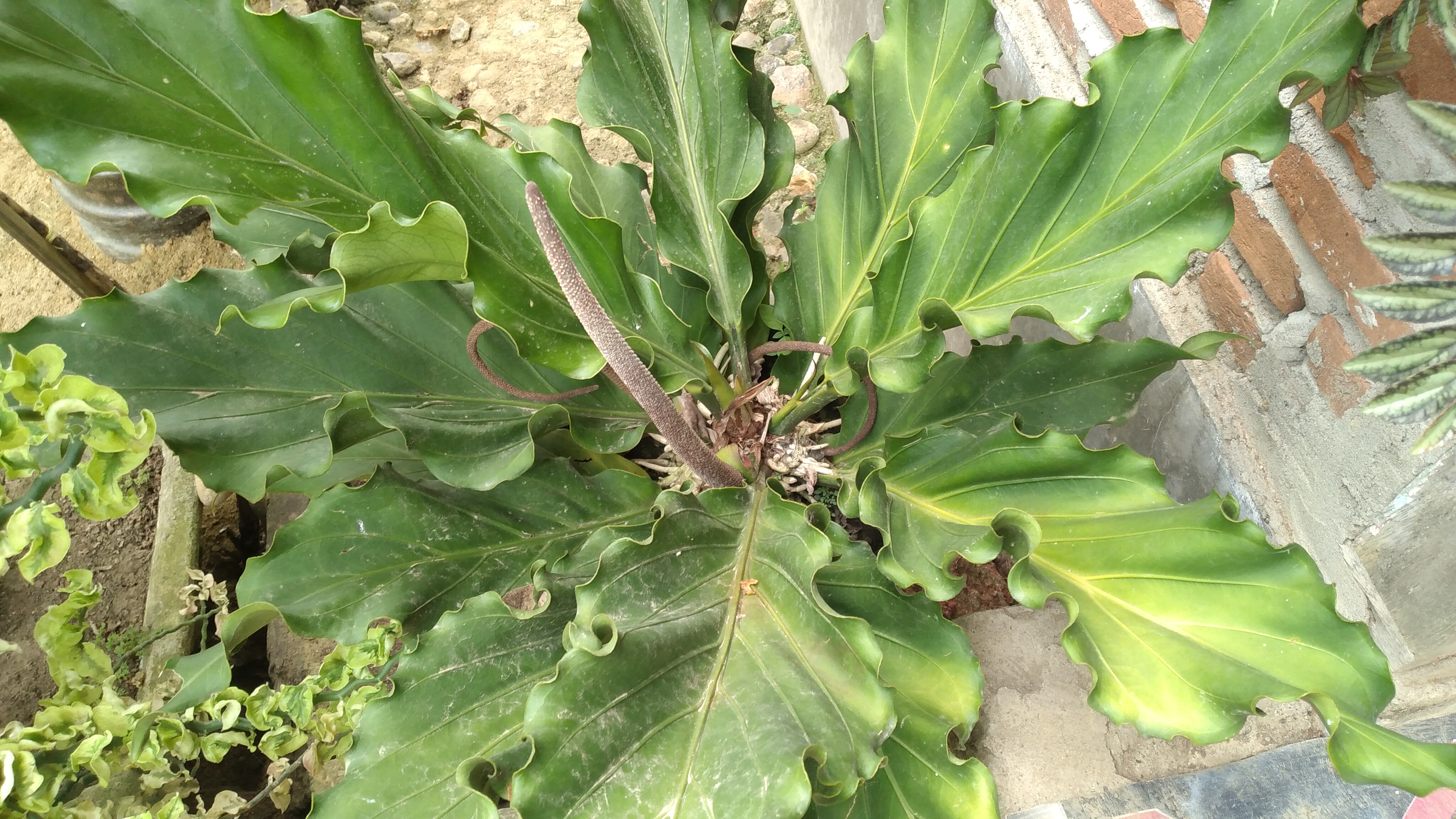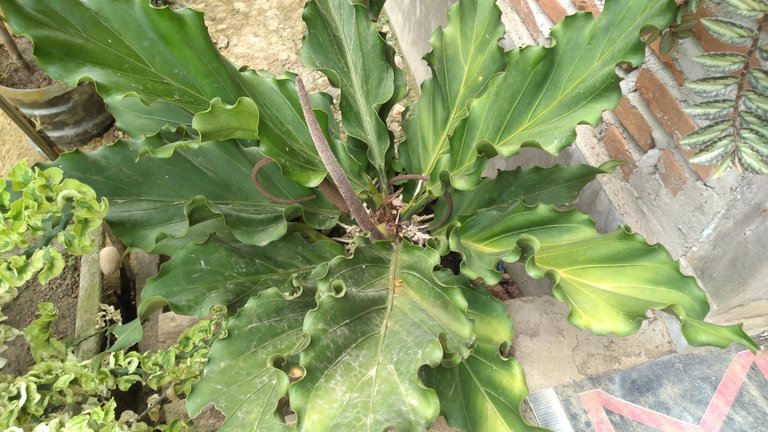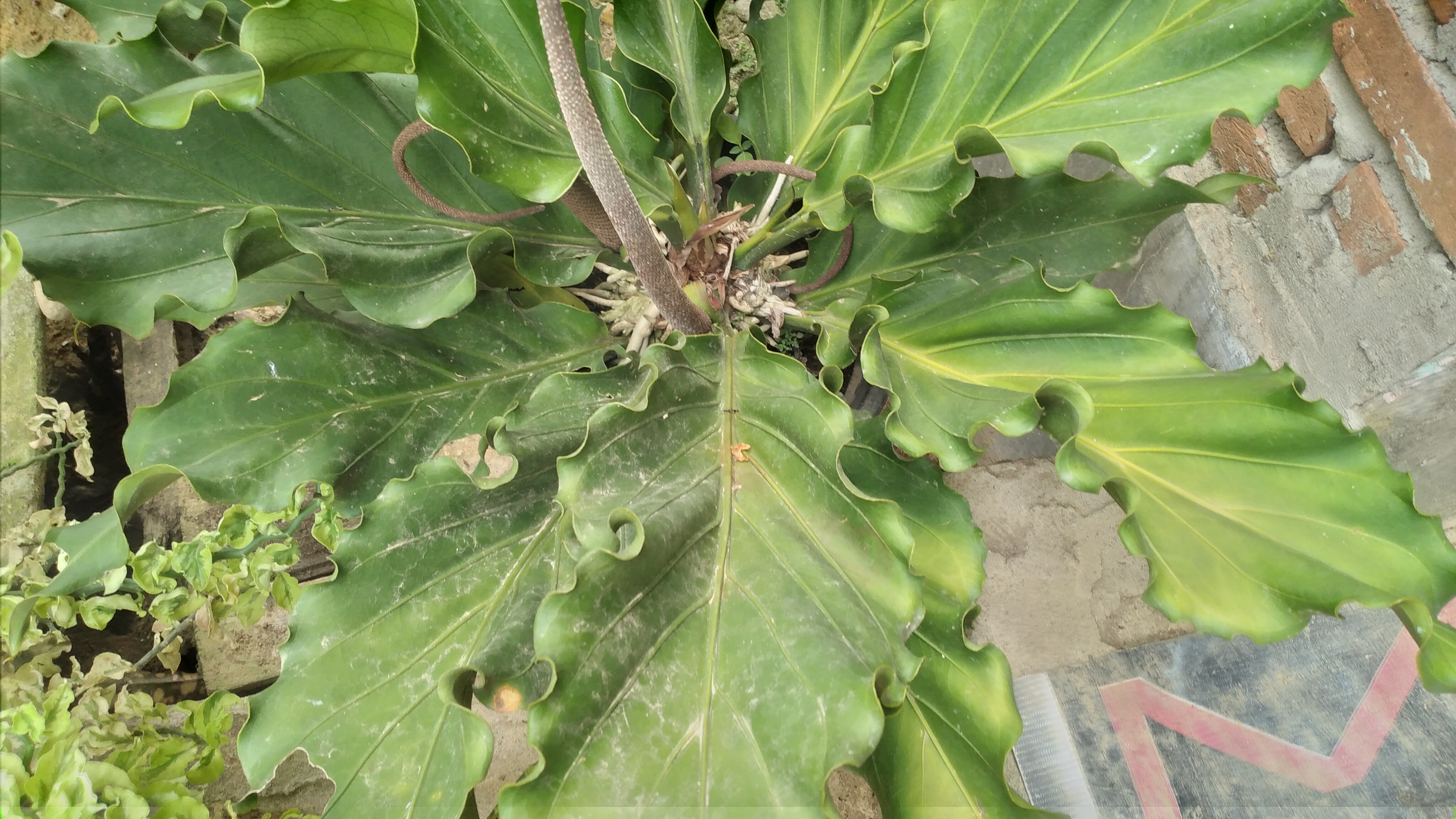
Orange plants are annual fruit plants which are generally cultivated in large areas of land or gardens, but some people have limited land ownership, so orange plants are planted in pots (Tabulampot) in the yards around their homes.
The advantages
Fruits faster at 1-2 years of age (Siam, Keprok, Lime, Lime, Pamelo)
Maintenance is relatively easier because it is located around the house where you live
As a source of additional income and source of family nutrition
Decorates the home environment and is easy to move to other places.
Required Materials and Equipment
Orange seeds 1-2 years old
Pots made from cement, plastic or drums have a diameter of 35-50 cm and a height of 60 cm
Soil Top soil
Manure or compost
NPK Fertilizer (16-16-16)
Pesticide
Pruning shears, gembor, hoe and 2 liter sprayer
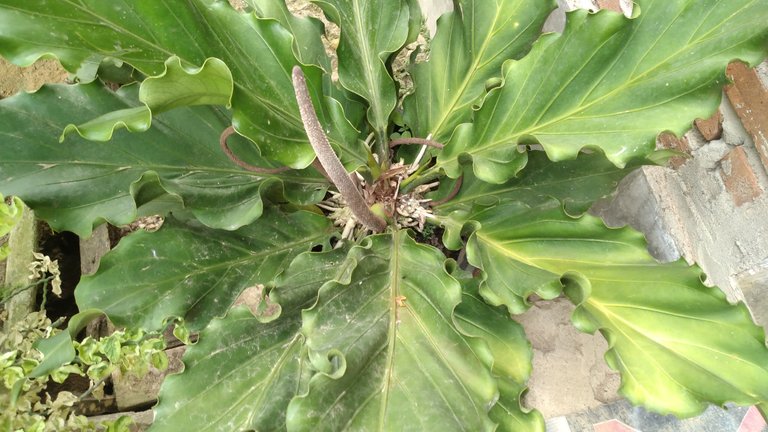
III. How to Plant
Prepare planting media
Mix 2 parts of topsoil with 1 part of manure and 1 part of husk, then stir until evenly mixed using a hoe.
Cover the hole in the pot/drum with enough tiles so that the water does not stagnate in the pot.
Fill the pot with planting medium until it fills two-thirds of the pot
Plant the orange seeds in a pot, then fill the planting medium until it is full
Water the seeds that have been planted until all the planting media is wet enough using a sprinkler.
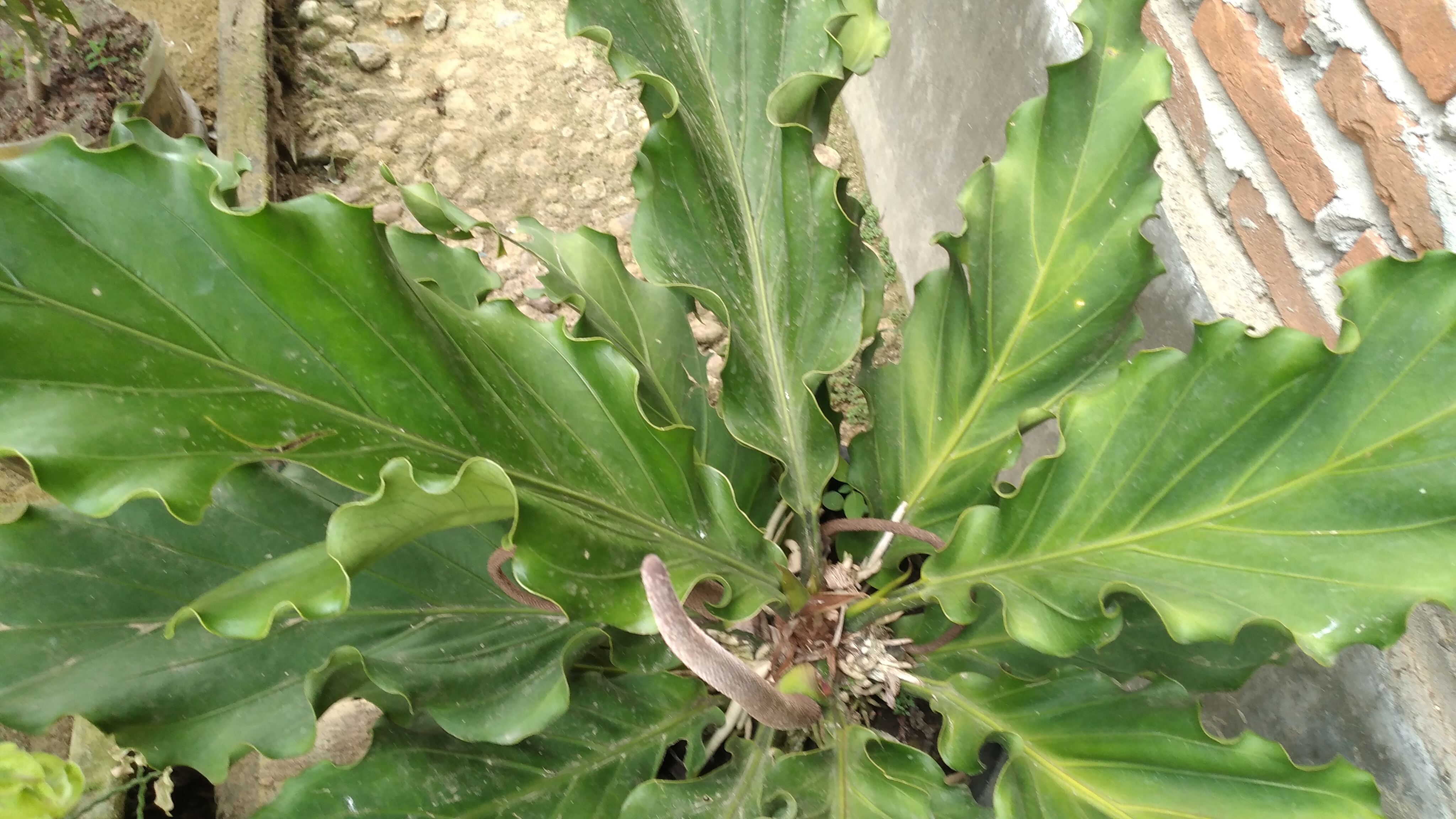
Maintenance
Watering is carried out in the dry season every 2-3 days, adjusted to the humidity conditions of the planting medium. It should be noted that if the planting medium is too wet for a long time, it will cause root damage so that the leaves will turn yellow.
Fertilization is carried out regularly once a month using a mixture of 15-25 grams of NPK 16-16-16 fertilizer and 25 grams of Urea.
Pest control is carried out when the plant is growing new shoots, especially aphids (Aphids), Trips and leaf-mining caterpillars using an insecticide containing the active ingredient Alfamethrin/Imidachloroprite at a rate of 0.5-1 ml/liter of water, sprayed evenly using a sprayer every week for 3 sprays. It should be noted that most of the pests that disturb citrus plants come when new shoots are growing and when the flowers bloom until the fruit is approaching maturity.
Pruning is done on shoots that grow on the lower stem, water shoots, shoots that grow at the ends of branches that grow too much and the 3 best shoots are left.
